
Intro
Are you thinking of taking the plunge and leaving that stable full time job to go freelance? Suddenly laid off in a ‘restructuring’ and looking to freelance as a bridge to the next job? Wondering about the major changes you’ll undergo?
Read on as I recount some of the learnings from my own career (where I’ve had periods of freelance several times) and an AIGA panel discussion as part of the Design//Work series (http://aigasf.org/events/2016/04/06/design_work_the_ins_and_outs_of_freelancing) organized by myself on going freelance. On the panel were 3 freelancers, Arianna Orland, Peter Nowell, Tina Hardison and Lisa Gibello of The Creative Group (a staffing/recruiting agency).

Making the leap from salaried employment
You may be escaping a bad boss, bad work, a bad commute or were laid off. You may just want to switch industry or specialization. Either way making the switch from the security of a steady job to freelancing is like heroes in movies jumping though windows – you hope you’ll land on something soft…
Suddenly you will find that you have the freedom of not being watched 9-5 at a desk, in an office. You may end up with a much bigger variety of work too. However you will also feel trapped as doing spec work and account management could have you working 6-7 days a week. It becomes hard to enjoy time off and the year may have stressful fallow periods of no work followed by overlapping deadlines where you have to turn down work.
During this transition you will become acutely aware of the cost of everything and the need to save for the quiet periods. If you are the primary breadwinner, with a mortgage and dependents to support be prepared for some sleepless nights.
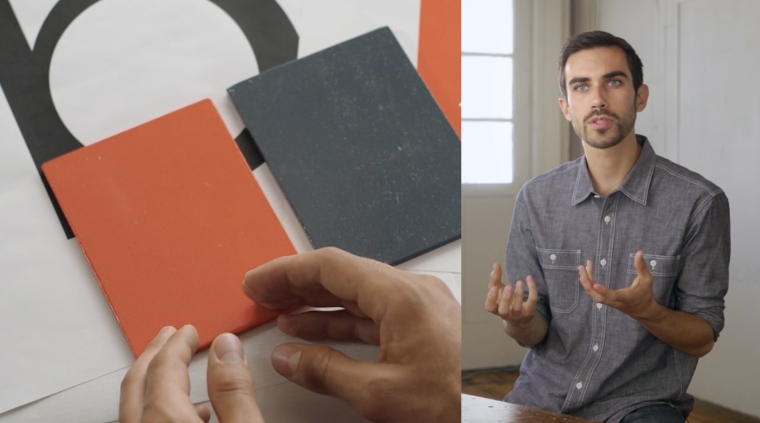
How to market yourself
So you quit your job or got laid off – now what? Well, it’s not all doom and gloom. Going freelance is also a genuinely exciting phase of your career. If it wasn’t nobody would do it.
So what do you do now?
Devise a branding system for yourself and your portfolio. This can be both a stressful and fun undertaking. Ideally you had this prepared in advance. Always make sure your portfolio is ready to be viewed with only the kind of work in it that you want to get as a freelancer. One of the best portfolios I’ve seen is Peter Nowell’s videos explaining his key projects which took 4 months to create: http://pnowell.com/
Tell your friends, especially any small (or large) business owners, about your big leap as you need to get the word out. Come to design events such as Meet-ups and AIGA events to avoid the loneliness of being at home or doing a lot of short stints in different offices. Remember people and their names as networking is not just accumulating contact details, it’s about making sincere connections. Write articles/blog posts like this one or teach classes to get the word out about your abilities.

Independent or staffing agency?
A big question that lies ahead of you is whether you want to go fully independent and deal with everything yourself or rely on work from staffing/recruiting agencies. Most freelancers prefer the higher hourly rate of going fully independent but also rely on staffing/recruiting agencies when they don’t have work. Neither route can be relied on for steady work but if you already have contacts with a lot of companies/agencies then going fully independent may be your best bet.
One thing you probably didn’t have to do when you were salaried is constantly look for work. Sign up with several staffing/recruiting agencies as they are constantly being asked to provide designers at short notice. As a result they have to constantly keep a stable of good and equally important, available, designers.
As well as looking for work for you these recruiting agencies will take care of ensuring you get paid (whether they get paid or not) and any taxes you have through the work they send your way (see Billing and taxes below). Understandably, for doing this admin the staffing/recruiting agency takes a cut of what the client company has allocated for the job.
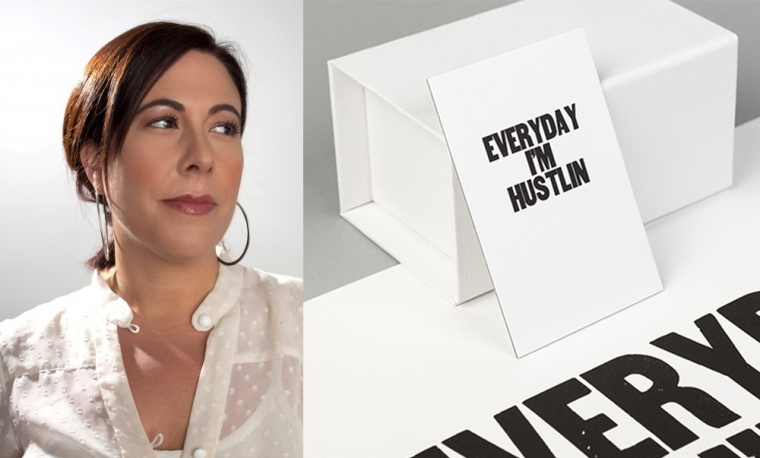
Finding and keeping your own clients
Part of finding and keeping your freelance clients is that you have to work at it every day and at every industry event. You have to be interested in everyone and everything as you don’t know who may become a client or is friends of a potential client. I got one freelance gig (which turned into a full time job) from coaching soccer to the son of the COO of a major gaming company.
Since most freelance work comes from word of mouth the key is to do good work and be a great person to work with from the start. In all your rounds of back-and-forth you will be representing and defending your own work so keep it professional. How you are during this constant back-and-forth is key as the relationship may be more important to the client than the actual design work itself.
Set boundaries and a value on your work (probably hourly) and bear in mind that client management is a huge part of job. However if the client becomes too difficult then you can be the one who ends the relationship. For advice on this read Peter Nowell’s article on breaking up with clients (https://medium.com/@pnowelldesign/breaking-up-with-clients-35fc48875b7b#.v1n4ewd99)
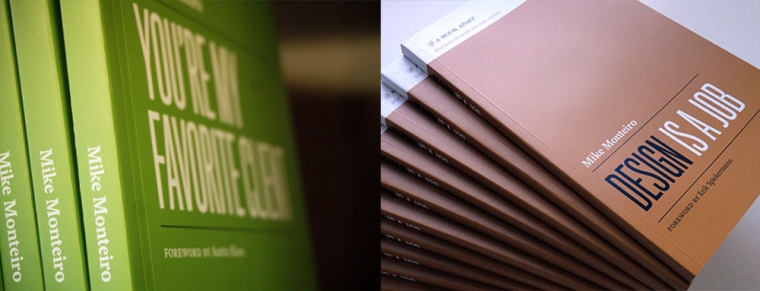
What do I charge clients?
This is the 64 million dollar question.
Try to find out what others charge but since designers don’t tend to talk about money they may not reveal their hourly rate. So what should you do?
Generally the industry charges by the hour so start working out how many chargeable hours* you are prepared to do in a year. Next, decide the total amount you need to make in a year after tax. Then give yourself a profit of 10%, 15% or 20%.
E.g 40 hrs a weeks by 50 weeks = 2,000 hours.*
Target income = $100,000
$100,000 ÷ 2000 hrs = $50 per hour
Profit of 20% = $10
Rate per hour = $60
*remember this is billable hours and you’ll need to use the down hours for your marketing and billing.
However the panel recommended that you actually double the overall figure you think you need then minus 30-40% for tax you need to set aside (see next section). PLUS overheads.
When having ‘the talk’ with the client about your rate explain your process as they will have to explain it to their boss too in order to get the budget approved. Show workings/process from previous projects to the client in order to add value to what you do. You may have an awkward moment asking yourself “Did I ask for too much or too little?” Don’t worry – because everything is a unique case there is no magic number. Sometimes you’ll blow it and sometimes you’ll luck out. It’s all comes with the territory.
For more on this process read Mike Montieri‘s books ‘Design is a Job’ and ‘You’re my Favorite Client’ and his talk ‘Fuck You, Pay Me‘
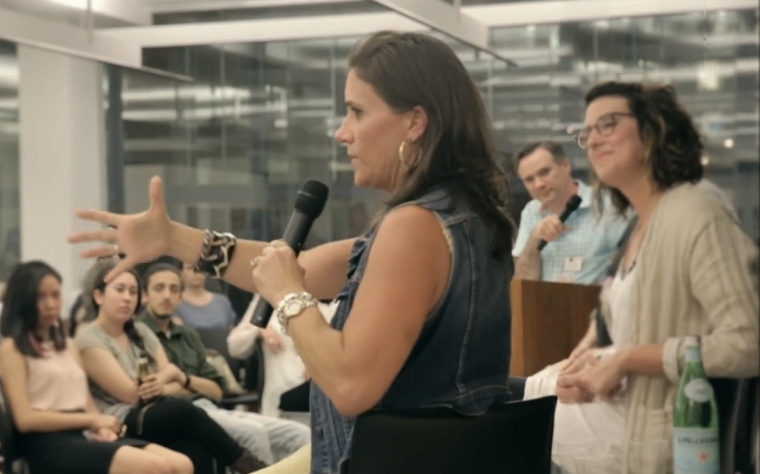
Billing and taxes
During the Design//Work panel discussion Lisa Gibello had a good pitch for The Creative Group. She pointed out that TCG will provide you with one W2 tax form (https://www.irs.gov/uac/about-form-w2) for all the work you did in that year and direct deposit the money to you whether they get paid or not. This avoids you having to continually chase down payment from clients and having many tax forms to deal with.
There’s also the tax benefits for write offs such as the percentage of office space used in your home, any phone and internet expenses as well as the depreciation on computers. You’ve got to keep receipts for everything but it all adds up to lower tax bills. Speaking of which…
How much should you put aside for tax? 30-40% of your earnings plus the fee for not paying quarterly taxes just in case you can’t paid on time. That might sound like a lot but in the US you are liable to pay estimated taxes when you work for self: these are 3 payments made to the IRS against your projected earnings not money you have already earned.
For those working in the US try to get everything on a 1099 (https://www.irs.gov/pub/irs-pdf/f1099msc.pdf) if you can. This gives you a nice check from the client for you to then manage the ebb and flow of your finances throughout the year. For contracts be careful when you ask for payments terms. ‘Net 15’ means your client is liable to pay you 15 days after the invoice is received. However, Net 30 and Net 60 are more common in the industry.
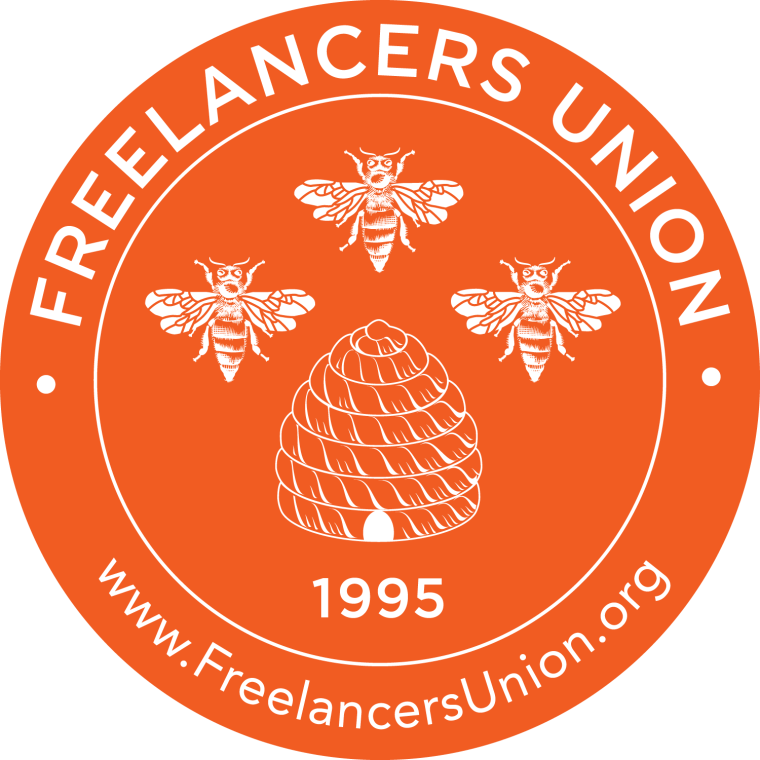
Managing your healthcare
Coming from working in Europe the issue of healthcare never crossed my mind when I moved jobs. However being cut from an employer provided healthcare in the US can be a very terrifying prospect especially if you have a pre-existing medical condition.
I remember in 2007 I left a job in the San Francisco Bay Area and the cost of COBRA insurance would have been just over $600 a month for myself that would not have included my wife and 2 my children. Luckily with the advent of Obamacare/Affordable Healthcare there is a safety net in place that is financially feasible for a freelancer. In the Design//Work talk Arianna Orland mentioned that Affordable Healthcare cost her $119 per month. She mentioned that the Freelancer’s Union also provides very good healthcare.
Most staffing agencies also provide some healthcare if you work with them on a continuous or semi continuous basis. Check which policy they follow but since there’s no guarantee of future work it makes it hard if you have any kind of ongoing medical problem.
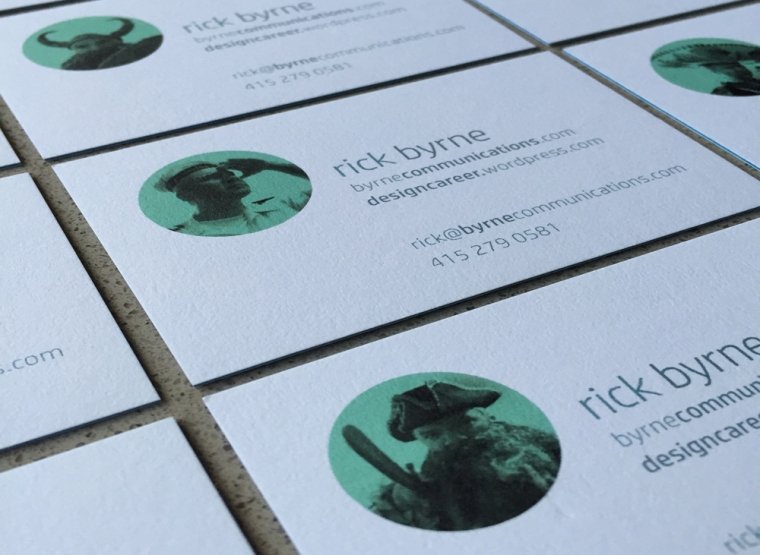
Conclusion
Going freelance is a huge leap of faith – a faith that you place in yourself and your abilities. If you don’t have that you will find the whole process very difficult. This faith will get you through the freelance world where you are only as good as your last project whether you take the independent or staffing/recruiting agency route.
As for me personally I prefer a full time job for the stability and because you have greater ability to influence things. Ironically most of my full time jobs evolved out of a freelancing stint with the same company. In one role I came to freelance for 3 weeks, stayed on after that as a freelancer and 18 months later went full time. I then stayed full time for another 5 years. So you just never know…

Best SF recruiting agencies:
24 Seven
Kate Gilman: kgilman@24seveninc.com
Aquent
Jessica Cizek: jcizek@aquent.com
Artisan
Katty Douraghy: kattyd@artisancreative.com
Creative Circle
Amanda Marshall: amarshall@creativecircle.com
The Creative Group
Lisa Gibello: lisa.gibello@creativegroup.com
Filter
Hilary Bullock: hilary@filterdigital.com
Giant
Mickey Pucko: mickey@giantrecruiting.com
JBC Direct
Christina Welcome-Lopez: christinaw@jbcconnect.com
Lab Creatix
Pei Evans: pei@labcreatrix.com
Onward Search
Shannon McGrath: smcgrath@onwardsearch.com
Wunderland
Cassie Walker: cwalker@wunderlandgroup.com
